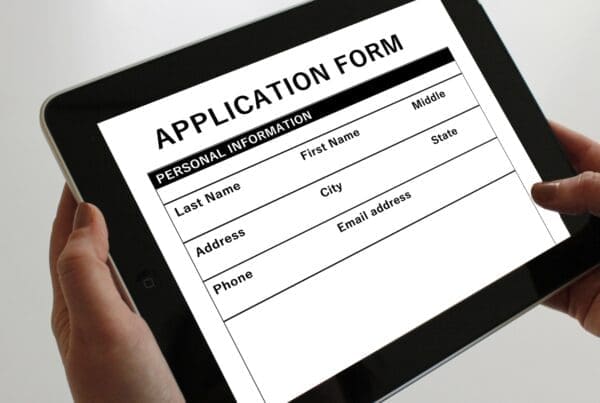Whether you’re presenting as part of a job interview, need to get buy-in from the Board for an idea or trying to get funding through external investment or donations, how you pitch will play a critical role in your success. Here are some top tips to delivering impressive pitches.
Audience
- In my book ‘High Performance Presentations’ and with clients I always say step one is to consider your audience. Even more so if you are asking the audience for money!
- Do some research on the people you are pitching to – what is their background; what are they interested in; what do they want to hear from you; what’s in it for them?
- If your audience changes, adapt your pitch positioning accordingly.
Practice
- Do not to ‘wing it’ – practice what you are going to say! Something that looks great on paper when spoken out loud can sound completely different.
- Get feedback from people you respect or a professional presentation skills coach. Invite questions from someone independent and practice answering awkward ones.
- When you are pretty near the finished article, record yourself and listen or watch it back to see how you could improve. Perhaps it’s about saying things differently or being clearer and more succinct.
Confidence
- If you are a nervous presenter, then it will show – get professional help before pitching.
- If you have distracting habits, even if you aren’t an anxious presenter, it will look like you are. Don’t click your pen, wring your hands, jingle your change etc.
- Don’t be too confident! Share your achievements, but don’t come across as a know it all. The people you are pitching to may not know your product or industry inside out, but they’ve likely seen it and done it all before!
Timing
- If you create a great 10 minute pitch, it is super easy to make it longer, but a long pitch is tricky to shorten!
- Preparing a 10-minute pitch first (regardless of how long you have) is good discipline to force you to stick to the key points.
- Once you’ve got a cracking short pitch, you can build out the key points from there.
Storytelling
- You could start your presentation with a ‘story’ about the problem your service or product is solving for your customers. What is the market like now, what are people doing now and why is that a problem? Basically, what is the pain?
- Next reveal your solution – why is your product or service unique and how does it address the issues mentioned?
- Justify demand – If you’re looking for funding or investment, you need to prove that people want to buy what you’re selling. How do you reach your customers? Do you have some early successes? How well has it already been received? Do you have concept market research findings? What about endorsements and testimonials?
- Finally you might paint a picture of the future. Including the financials if they haven’t already been covered, how this can scale up, your marketing and sales strategy, funding needs and investor returns and exit plans etc.
Evidence
- After you’ve delivered your presentation, they will ask you to evidence your claims – make sure you can answer specific questions succinctly and don’t just rely on handing them over the executive summary or full business plan.
- Use visuals to convey complex ideas and evidence. You might use a competitor comparison matrix to map your features and benefits vs the competitors with ticks and crosses highlighting gaps.
- Make sure your evidence doesn’t contain typos or inconsistencies – the investor will get cold feet wondering what else might be wrong.
Team
- Investors often invest in the people even more than the idea. Tell them why your team are the best for this stage of the business.
- If your team are with you, get them to present some of the pitch. Make sure you practice who is saying what and how to hand over to one another
- If the team aren’t confident at presenting, get professional coaching. Don’t have them stand there and say nothing.
Demo
- Wherever possible have the people you are presenting to experience the product or service – show a prototype, do a demo or have them feel it in some way.
- If that isn’t a possibility, create a video or better still, an interactive online model.
- Always practice the demo. Give it to an independent person and ensure they ‘use’ it correctly. You may want to clarify the instructions you give for example.
Next time you need to present for funding, look at these guidelines, polish your presentation skills and enjoy the experience.
Author: Dee Clayton, Founder, Simply Amazing Training
www.simplyamazingtraining.co.uk | dee@simplyamazingtraining.co.uk
Dee Clayton is a speaker, trainer, author and founder of Simply Amazing Training. Her latest book, ‘High Performance Presentations Public Speaking Tips & Presentation Skills to Engage, Persuade and Inspire’, is available on Amazon. Previous clients have included Miele, Toyota, RBS and Boston Scientific.





